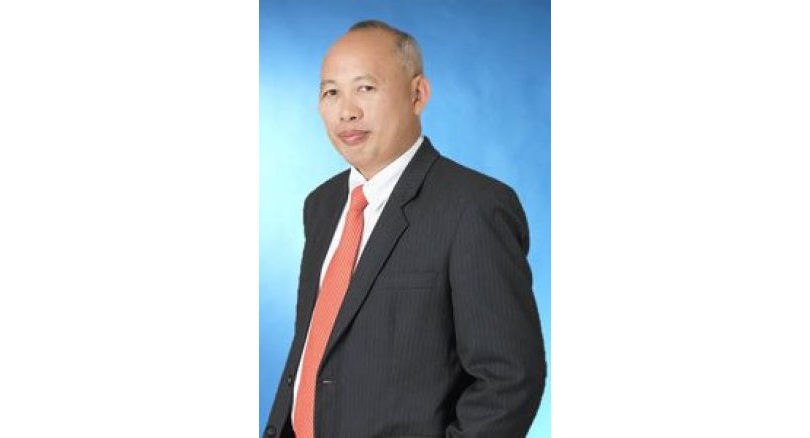
Coal to remain primary fuel source for power generation in Asia, seminar told
Coal will remain a primary source of fuel for electricity production in Asia for many years, according to prominent energy experts from Japan, Thailand and other Asean countries attending an energy conference hosted in Bangkok early this week.
Twarath Sutabutr, director-general of the Energy Ministry’s Energy Policy and Planning Office (EPPO), said on Tuesday that experts from four countries – Japan, Indonesia, Vietnam and the Philippines – who took part in Monday’s “Create a Better Social Acceptance for Electric Power Infrastructure-Coal-fired Power Plant” seminar, jointly organised by EPPO and the Economic Research Institute for Asean and East Asia (ERIA), all shared Thailand’s view – that any energy-development plans have to take into consideration the three major dimensions: energy security, economic development, and environmental impacts. Prasert Sinsukprasert, EPPO’s deputy director-general, told the seminar that the US Energy Information Administration (EIA) had found electricity generation from coal worldwide would still increase from 7 trillion-8 trillion gigawatt-hour in 2012 to 10 trillion GWh in 2040, even though the share of coal in electricity production would reduce from 40 per cent to 29 per cent during the same period. This is because electricity demand will still grow worldwide, especially in China and India where coal’s share in electricity generation will not be reduced from the present, he said.
According to the EIA, the capacity factors of renewable-power plants worldwide such as wind and solar were less than 30 per cent during 2008-2012, compared to more than 60 per cent of coal-fired power stations. Although the reliability factor of renewable-power stations will increase slightly in the future, countries will still need base-loaded power plants that they can depend on 24 hours a day, like nuclear and coal-fired power plants, he explained. Shigeru Kimura, special adviser for energy affairs to the ERIA’s president, said that each country had a different need on energy. For example, New Zealand, which is rich in hydro and geothermal power, does not have to depend much on non-thermal power plants, while Thailand and other Asean nations might not be as fortunate as New Zealand in this regard, and hence are still required to think about coal-fired power projects. Eri Prabowo, director operation I at PT Indonesia Power, said Indonesia currently had plans to build more than 10,000 megawatts of new coal-fired power capacity during the next four to five years because they offered the lowest-cost electricity production, second only to hydro power, which took a long time and entailed a high investment cost to develop. Edgardo Cruz, president of the Philippine Coal Plant Users Group, told the seminar that the Philippines planned to increase coal-fired power projects from 7,300MW at present to more than 17,000MW during the next several years. Vu Viet Dung, deputy director of Vietnam’s Thermal and Nuclear Power Engineering Center, Power Engineering Consulting Joint Stock Company 2, said coal power would maintain its major share in Vietnam’s electricity production during the next 10 years.
Source: http://www.nationmultimedia.com/news/business/30319255



